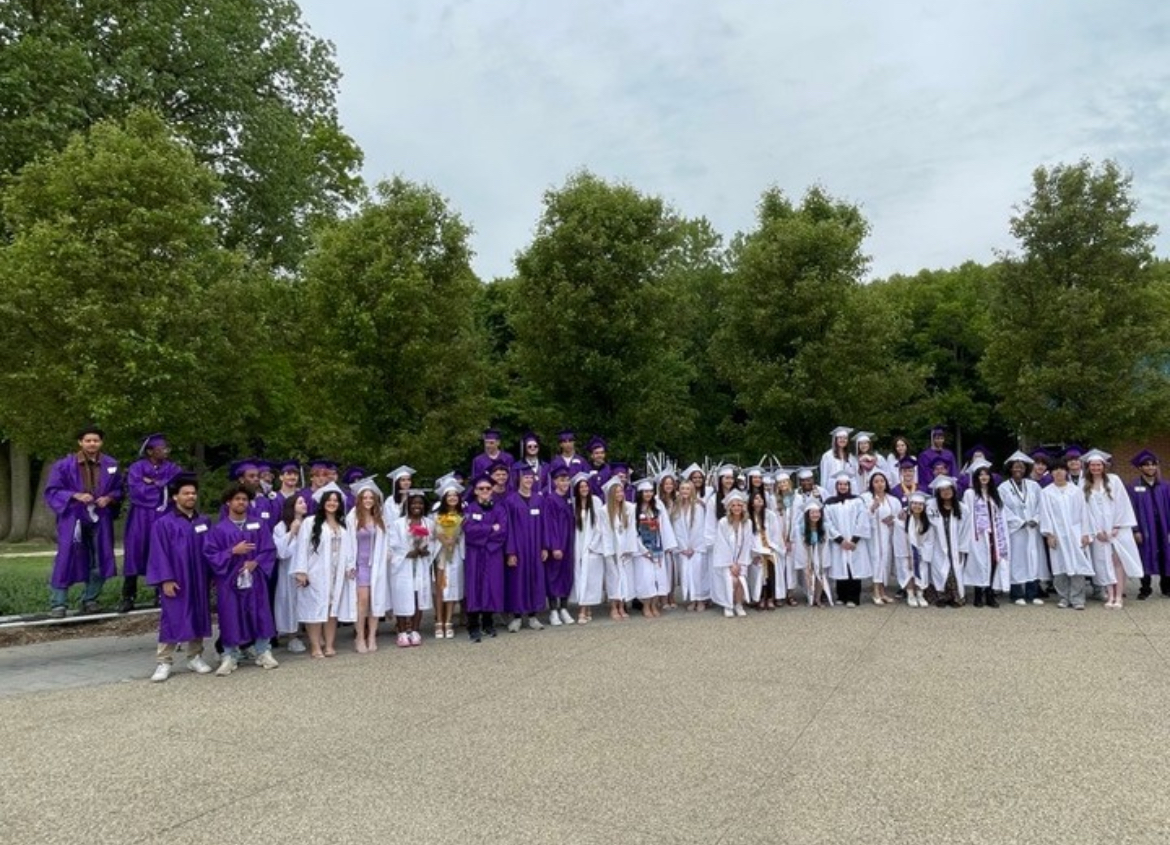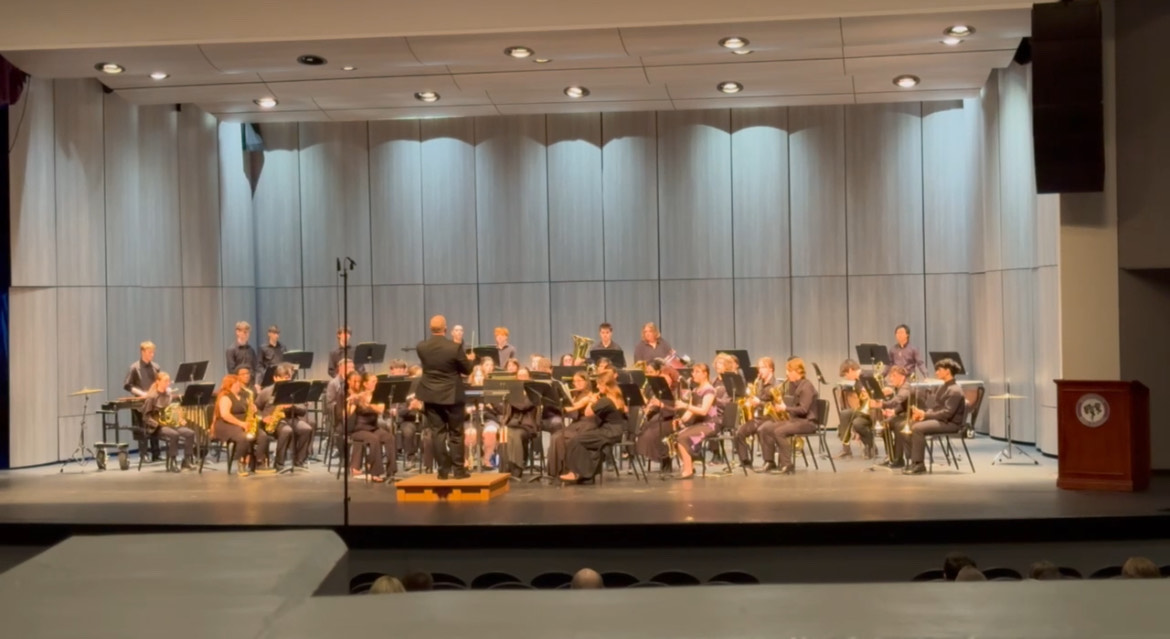In a reversal of the old school calendars, increasing numbers of Michigan school districts now open their school year before Labor Day and end classes before Memorial Day weekend. This shift, facilitated by state-waivered approval, is designed to give school districts more flexibility to meet instructional time mandates while affording students and families a longer summer vacation.
For years, Michigan law has mandated that public schools begin after Labor Day, a provision originally passed to stimulate the state’s tourism economy. The theory was to enable families and students to maximize the summer travel season, especially in northern Michigan, where tourism is crucial to the local economy. But that law contains a loophole permitting districts to seek waivers through the Michigan Department of Education.
According to the most recent statistics, 49 of the state’s 56 Intermediate School Districts have been given permission to start the school year in late August or earlier. The pace has picked up over the last few years, with the majority of administrators and educators citing academic, logistical, and benefits from the extracurricular activities.
A superintendent in Southeast Michigan, Jennifer King, said, “Starting prior to Labor Day helps us finish the school year on a more natural calendar. Closing approximately Memorial Day allows families to plan vacations, and it reduces the burnout that often leads to entering mid-June.”
Another critical driver of the move is alignment with sports and extracurricular activities. Fall sports, band practice, and other activities often begin before school opens. Districts report that opening earlier allows student-athletes and performers to be in school as these activities gain momentum, offering greater support and supervision.
Districts also point out that starting earlier enables them to schedule professional development days, state testing, and unexpected weather-related closures. By establishing more flexibility at the beginning of the school year, schools can manage snow days and still meet the 180-day minimum of instruction without having to take the school year into June.
But others disagree. Opponents of the pre-Labor Day openings contend that they shorten the traditional summer season for tourist and student job opportunities. The tourist business, particularly, has complained that the availability of high school students to work Labor Day weekends, one of the state’s peak tourist periods, will be diminished.
Others worry that the early start might affect family traditions, particularly those who rely on Labor Day as a final summer getaway. A parent from Grand Rapids said, “Summer just feels shorter; we’re still adjusting to the change, but it does take some getting used to.”
Regardless of the backlash from both sides, the trend doesn’t seem to be slowing down. Additional school districts will, in the future, also apply for waivers as they rethink the benefits of this new school calendar. The majority of the requests are still being approved by the Michigan Department of Education, as long as districts justify how the changes support the learning and operational goals of students.
As the state balances educational goals against economic and cultural heritage, the new school calendar may become present for Michigan students in future years to come.






